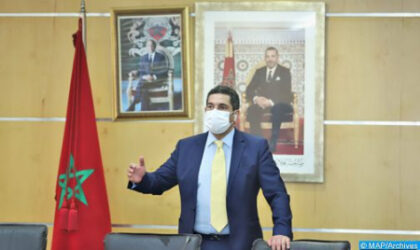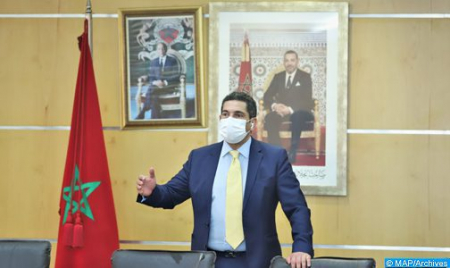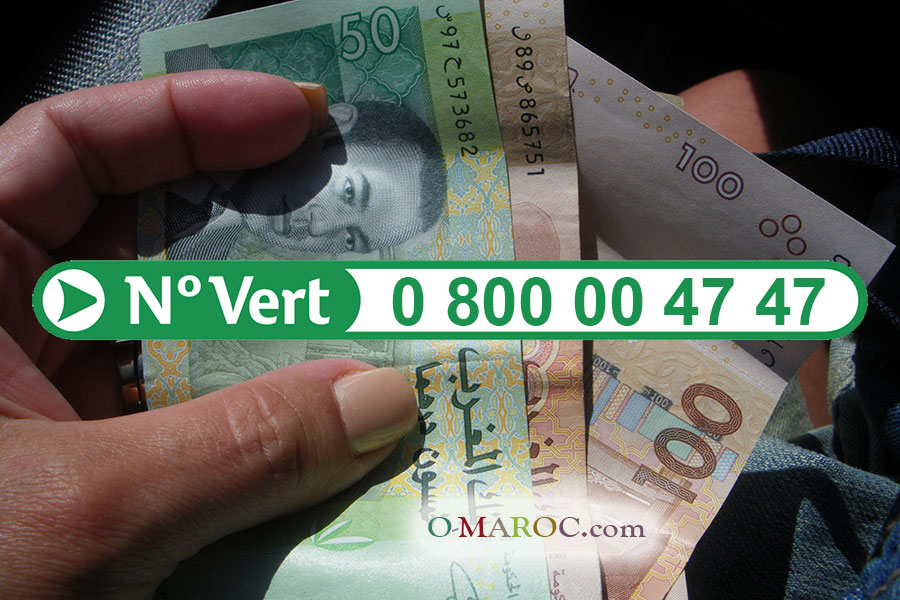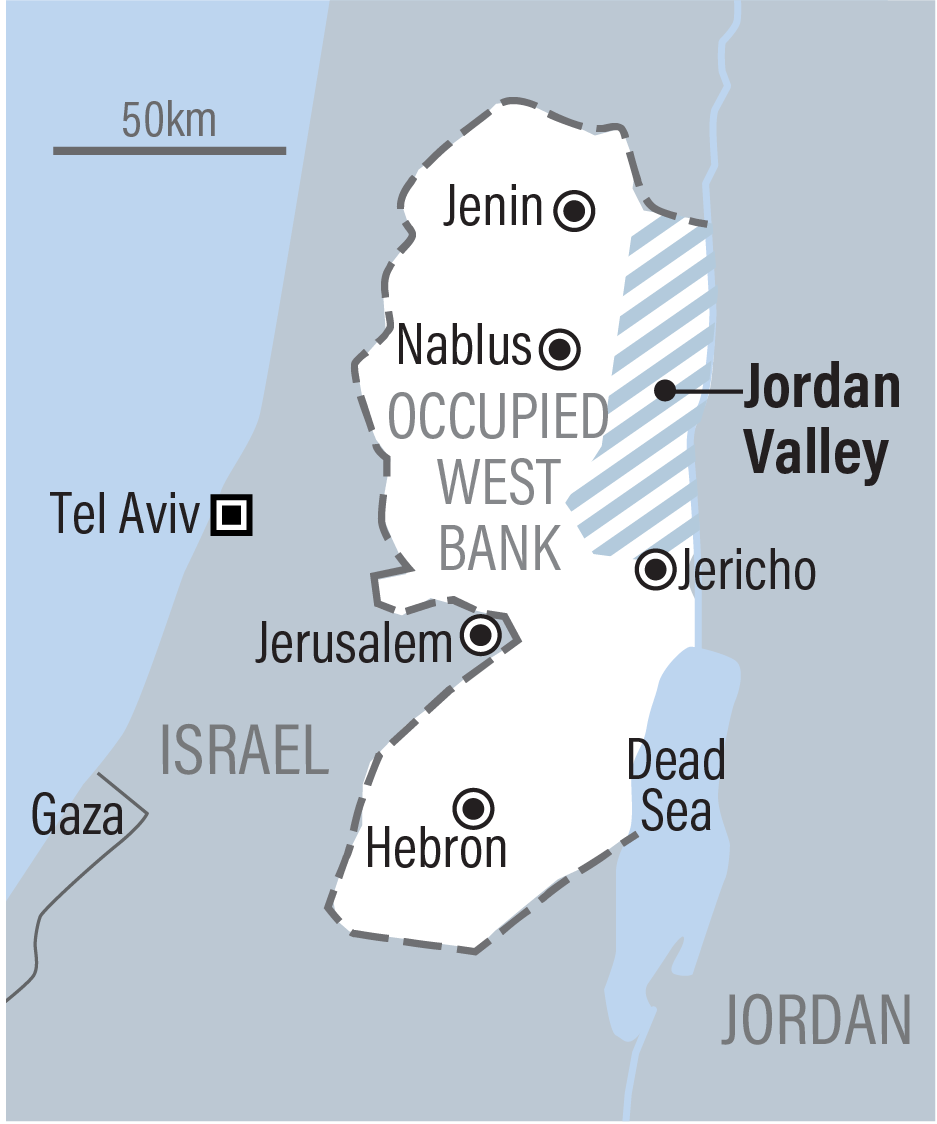 The decision to ease or lift the confinement and other restrictions imposed to limit the spread of the coronavirus remains closely linked to the evolution of the epidemiological situation in Morocco, said spokesperson for the government, Saaid Amzazi.
The decision to ease or lift the confinement and other restrictions imposed to limit the spread of the coronavirus remains closely linked to the evolution of the epidemiological situation in Morocco, said spokesperson for the government, Saaid Amzazi.
“The government has decided to gradually ease the quarantine measures according to the zones and in phases, taking into account the evolution of the epidemiological indicators which have witnessed a positive trend to date”, Amzazi said in a statement to MAP.
These indicators are based on the number of new confirmed cases, whose rate remains very low despite the increase in the number of screening tests performed in the country that reach more than 17,000 per day, and the continuing decrease of active cases at the national level. Besides, the reproduction rate of the virus (R0) has reached a very reassuring level, the spokesman explained, stressing that the set goal has been achieved nationally.
Yet, despite the positive indicators revealing that the situation is under control at the national level, and at a time certain provinces and prefectures have recorded no new case of infection for weeks, some other provinces have seen the emergence of new virus hotspots among family members or in work environments, hence the related indicators remain below the targets set by the health authorities.
In this vein, the government spokesman insisted on the need to strictly comply with preventive and health measures so as to prevent any slackening in the efforts made in the matter and to preserve the achievements made so far.
He also recalled that the differences noted between the various prefectures and provinces required the adoption of a new approach to classify them into two distinct zones. “Zone 1”, where the situation is completely under control, includes seven regions and 59 prefectures and provinces, representing 95% of the national territory and 61% of the population, while “zone 2” where the situation is partially controlled, is composed of five regions and 16 provinces and prefectures, said the minister.
In parallel with this measure, he went on to say, after nearly two months of suspension, it was decided to give new impetus to industrial and commercial activities throughout the Kingdom and to revive the national economy by allowing the production and service sectors to resume their activity starting June 11, in compliance with all proactive and preventive measures put in place by the competent authorities.
Amzazi clarified that it concerns the resumption of industrial, commercial, crafts, liberal professions, local activities and small trades, in addition to the reopening of the weekly markets, the resumption of urban public transport with 50% of its capacity and the resumption of public services in person.
He noted that restaurants and cafes with on-site consumption, hammams (public baths), cinemas and theaters, as well as large shopping complexes are excluded from this list. The same applies to social, cultural and sport activities, which are not authorized during this first phase in all regions, prefectures and provinces, as is the case for rallies, meetings, parties, wedding parties, funerals and beaches, he added.



